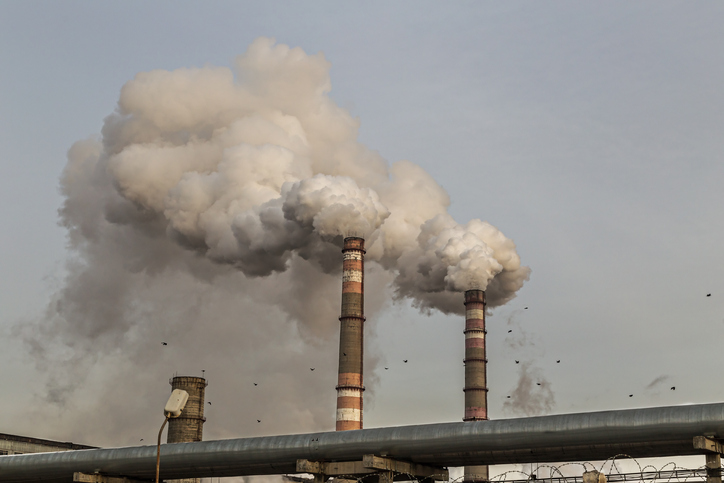A study published in Environmental Health Perspectives found that, no matter which of the main types of air pollutants you look at, people of color are breathing more of it. And while great progress has been made in reducing deadly pollutants in the air in the US over recent decades, the racial disparities have persisted, according to the work by an international team of researchers led by the University of Washington.
As reported in the Guardian “for all pollutants, where there were noticeable differences in pollution levels, the most exposed group was a minority group,” said lead author Jiawen Liu, UW doctoral student in civil and environmental engineering. And she said “the racial and ethnic disparities existed in all states.” The research also showed that race mattered more than income in determining who lives with the most air pollution. The study scientifically confirms what many Black and brown communities, which have endured outsized amounts of industrial smoke and freeway pollutants, have been saying for decades.
“If you are living in a community that is experiencing the brunt of bad air, this is not news to you at all; you notice it already,” said senior author Julian Marshall, a professor of civil and environmental engineering at UW. “Communities that have been living with the health risks have been speaking up for a long time, and often their voices are not heard,” he said.
According to the study, entitled Disparities in Air Pollution Exposure in the United States by Race/Ethnicity and Income, 1990–2010, air pollution is associated with approximately 100000∼100,000 annual premature deaths in the United States in 2017 and has been linked to cardiovascular disease, respiratory disease, cancers, adverse birth outcomes, cognitive decline, and other health impacts. Air pollution and its associated health impacts are not equitably distributed by race/ethnicity or income. Previous research has documented higher-than-average air pollution exposures for racial/ethnic minority populations and lower-income populations in the United States, leading to disparities in attributable health impacts. Most investigations of disparities in air pollution exposure involve a single pollutant, location, and/or time point. Evidence from broader investigations suggests that exposure disparities by race/ethnicity and/or income can vary by pollutant, urbanicity, metropolitan area, and time point. However, to our knowledge, broad patterns in exposure disparities have not yet been investigated, using consistent methods, across pollutants, locations, and time points, for the contiguous U.S. population.

